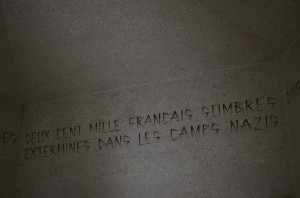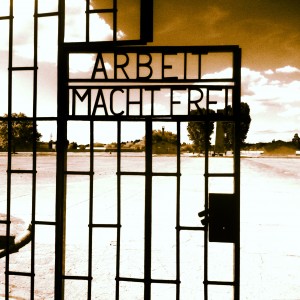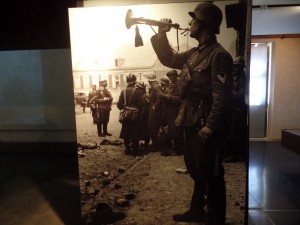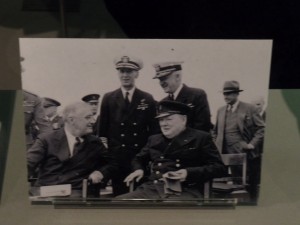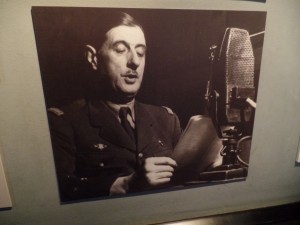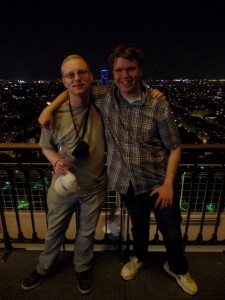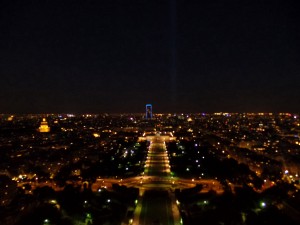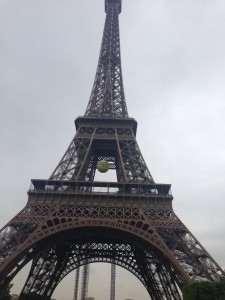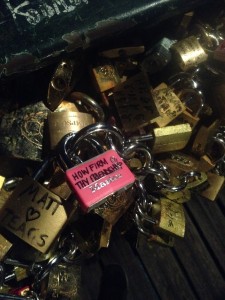I remember as a small child watching Rick Steves travel the world on TV with my Grandma. It was the closest at the time that I would ever get to travel the world. I particularly remember Paris being a city I always wanted to visit. It has such a romantic quality associated with it. I dreamt of walking down the Seine and sitting in front of the Eiffel tower. From the writings of Montesquieu and the stories of Hemingway to the paintings of Van Gogh and Monet, Paris is portrayed as the intellectual and artistic capital of the world. Hemingway himself once said that “there is never any ending to Paris and the memory of each person who has lived in it differs from that of any other.”
Hemingway is right. From the moment our bus crept into the city of Paris I can’t help but feel as though I fell in love. London felt like home, Normandy felt like a vacation, but Paris felt different. Strolling the grand streets of Paris in the rain just feels right. The lifestyle seems much slower certainly than it was in London, where Londoners raced in and out of the Underground. Dinner is really an experience to socialized and experience dinner, rather than spending your time on the phone or on the road. The Parisians, seem to me anyway, just to enjoy life. It really is unfortunate Parisians and the French in general are typified as being rude, because that wasn’t my experience for the most part. Plus, in a city that seems bursting at the seams with tourists who don’t speak the native language, patience really can be a virtue.
Of course, it’s quite possible I allow my own romantic notions of the city to cloud my judgment. My first night in Paris I sat and just gazed at the Eiffel Tower, which is far more impressive in person than any photograph or movie. I could have sat there forever disregarding the constant bombardment of people attempting to sell me alcohol. Walking along the Seine is truly amazing. It is far more beautiful than the Themes in London and much more peaceful. In fact, Paris has quite a few more people than London, but it just seems less claustrophobic than London.
Paris just feels much older as well. Walking underneath the city in the catacombs was an interesting experience, but it also really made me appreciate the age of the city. It really is a wonder that it has survived many wars and violent revolutions. In particular, it came out of World War II relatively unscathed at least physically; psychologically it is a different story. Even today, the French struggle to reconcile their collaboration with the Nazis and their part in World War II. The French still play up the myth of the resistance as being integral into the war effort, while glossing over the Petain government. This was especially true in the museum to the resistance. Additionally, Charles de Gaulle seems to be remembered as having had a large part in liberating France, as though it was the Free French fighting alongside the Americans and the British that liberated them. They are proud people, but their memory of the war is certainly a perspective that I do not share.
However, it doesn’t cloud how I feel about Paris or the French people. It is a beautiful country with beautiful cities steeped in a proud and rich culture. Hemingway also said, “If you are lucky enough to have lived in Paris as a young man, then wherever you go for the rest of your life, it stays with you, for Paris is a moveable feast.”
I agree, even though my stay in Paris was brief; I do believe it will stay with me forever.

